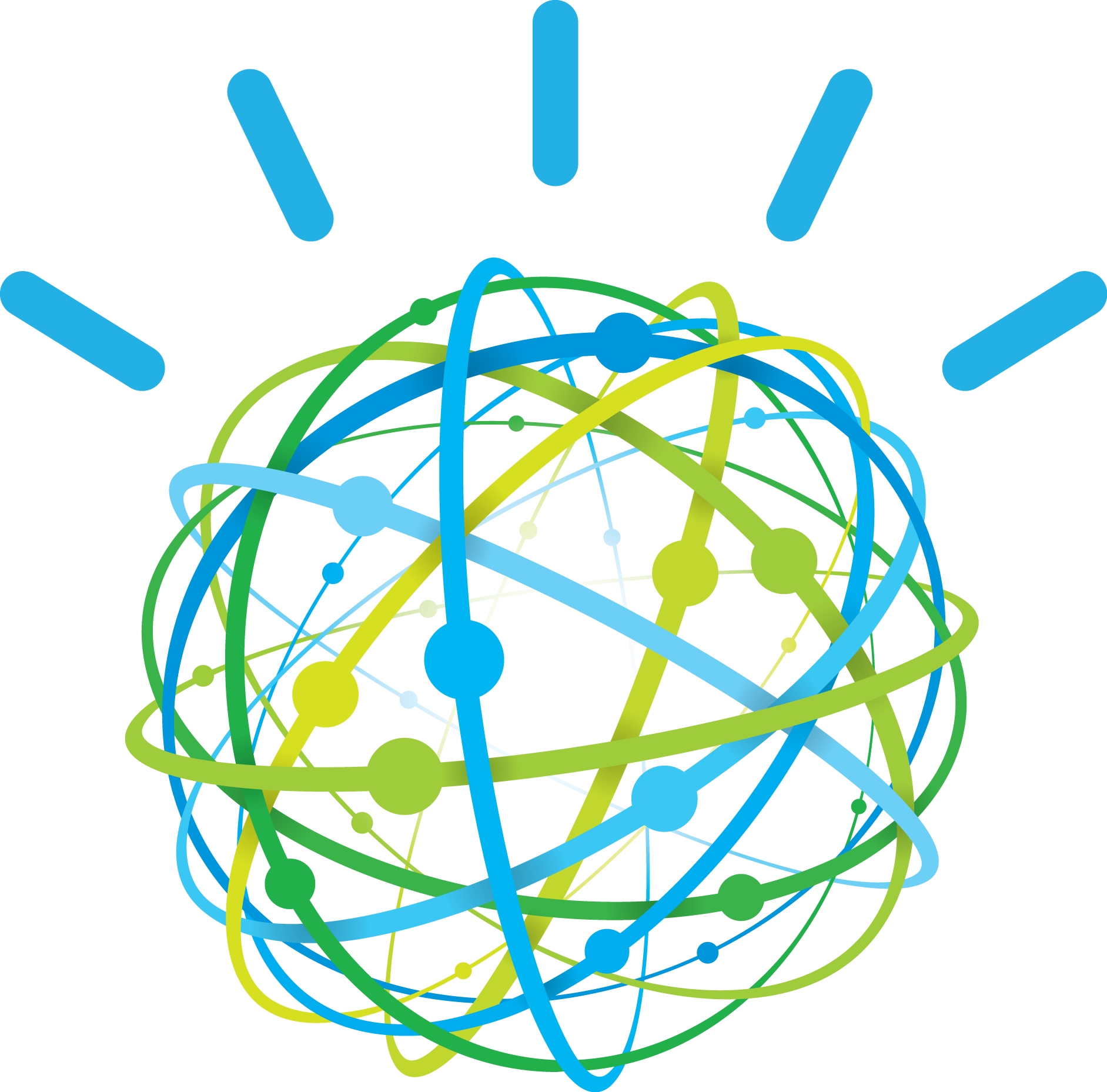As we dive into 2024, artificial intelligence (AI) continues to break new ground, pushing the boundaries of technology, healthcare, finance, and even creative industries. This year has seen remarkable innovations that promise to revolutionize various sectors. In this article, we’ll explore the top 10 AI programs of 2024, highlighting their unique features, applications, and the impact they are making on the world.
Here’s a closer look at the leading AI programs of 2024, each distinguished by its breakthrough technology and significant impact on society.
What are the Top 10 AI Programs?
1. AlphaTensor by DeepMind
Building on the success of AlphaFold, DeepMind’s AlphaTensor is revolutionizing matrix multiplication—a fundamental operation underpinning much of modern computing, from graphics processing to deep learning.

AlphaTensor by DeepMind
AlphaTensor from DeepMind aims to find efficient algorithms for matrix multiplication through deep reinforcement learning. It discovered novel algorithms vastly superior to standard methods, thus enhance computational efficiency for various applications.
2. GPT-4 by OpenAI
The fourth iteration of the Generative Pre-trained Transformer continues to impress with its refined understanding and generation of human-like text, enabling more nuanced and context-aware interactions than ever before.

GPT-4 by OpenAI
GPT-4 is an advanced language model from OpenAI that fits the task of understanding and generating text in a naturally written manner by humans. Compared to its predecessors, it has significantly grown in size and complexity, thereby creating more nuanced text on a variety of topics. GPT-4 employs deep learning and transformers in analyzing the patterns of text and is used in a variety of applications, including communication and content creation.
3. IBM Watson AIOps
IBM has enhanced Watson to include AIOps capabilities, using AI to automate IT operations, helping businesses reduce downtime and improve efficiency.

IBM Watson AIOps
IBM Watson AIOps is an AI platform that automates IT operation. It uses machine learning and natural language processing for data analyses across IT environments to predict and prevent IT issues from impacting business operations. Integration with existing tools will streamline incident management and deliver operational efficiency.
4. NVIDIA BioMegatron
Specializing in biomedical language understanding, NVIDIA’s BioMegatron helps healthcare professionals by providing faster and more accurate medical insights.

NVIDIA BioMegatron
Developed by NVIDIA, NVIDIA BioMegatron is a pretty specialized AI model that is designed specifically for biomedical tasks. It uses deep learning to understand and write text in the context of biology and medicine, thereby assisting researchers and medical practitioners in gaining insight and automating drug-discovery and medical diagnoses tasks. BioMegatron is powered by NVIDIA’s expertise in AI and high-performance computing, which focuses to suit the unique demands of the biomedical sector.
5. Google BERT-Turbo
An evolution of the original BERT model, Google’s BERT-Turbo delivers faster processing times and enhanced understanding capabilities, making it a staple in search engine algorithms.

Google BERT-Turbo
Google BERT-Turbo is an enhanced version of the vanilla BERT, without performance loss. It improves the architecture of the model, making it more throughput-efficient. BERT-Turbo will be made open so as to allow for broader deployment of advanced natural language processing tasks, keeping in line with Google’s commitment to making AI available and scalable.
6. Amazon Lex 3.0
Upgraded to support more languages and dialects, Amazon Lex 3.0 enables developers to build even more sophisticated voice and chatbots, enhancing customer service interactions across industries.

Amazon Lex 3.0
Amazon Lex 3.0 is a developer interface in the evolution of the conversational AI service provided by Amazon for building and managing chatbots and virtual assistants. This version adds new capabilities in natural language understanding and speech recognition, enabling more intuitive and effective interactions between people and computers. Lex 3.0 seamlessly integrates with other AWS services, providing extended capabilities to developers who create complex, context-aware applications for many use cases.
7. Microsoft Turing-NLG
Expanding on natural language generation, Microsoft’s Turing-NLG can generate coherent and contextually relevant text, facilitating better user experiences in applications from email drafting to content creation.

Microsoft Turing-NLG
Microsoft Turing-NLG is a powerful language model developed by Microsoft, designed to generate text in a very human-like manner and be capable of performing many natural language understanding tasks. Turing-NLG, named after a pioneering computer scientist, Alan Turing, is a large-scale transformer architecture that can handle complex language generation tasks to improve coherence and contextuality in the text it produces. Turing-NLG is a part of Microsoft’s general effort to push through AI capabilities and advance applications like conversational agents, content summarization, and language translation.
8. Facebook’s AI Habitat
AI Habitat by Facebook offers a simulation platform for training AI systems in realistic 3D environments, improving the navigation and physical interaction skills of robots and virtual agents.

Facebook’s AI Habitat
Facebook’s AI Habitat is an advanced simulation platform for training AI agents in realistic 3D environments. The Habitat was built to significantly advance the capabilities of robots and virtual agents in interacting with the physical world. It provides a very interactive environment where AI systems can learn and test their spatial awareness and task execution skills. This is an excellent tool in the research field of robotics and virtual reality. AI models will greatly improve in performance for real-world tasks through safe and scalable virtual training.
9. Baidu ERNIE 3.0
A multimodal AI model, ERNIE 3.0 from Baidu excels in understanding and generating content that combines text, image, and video, making it a powerful tool for media and advertising sectors.

Baidu ERNIE 3.0
Baidu ERNIE 3.0 represents one of the most advanced AI products being developed by Baidu, which helps understand and generate human-like text across various languages and tasks. It builds on the ERNIE framework, incorporating more expansive knowledge graphs and data to improve language understanding and generation. ERNIE 3.0 supports a range of tasks in AI, from translation and sentiment analysis to question-answering, making it a versatile tool in Baidu’s AI ecosystem, with the objective of improving interaction and accessibility in digital services.
10. Oracle AI Cloud Service
Oracle’s AI Cloud Service provides enterprise-level AI solutions to optimize and automate business processes, from customer experience management to financial forecasting.

Oracle AI Cloud Service
Oracle AI Cloud Service is a suite of AI capabilities that help businesses deploy intelligent applications across many domains in a smooth manner. Combining machine learning and AI, the service automates processes and enhances decision-making, delivering personalized customer experiences. The service provides scalable solutions in data management, analytics, and application development, enabling organizations to make more intelligent use of AI in their existing IT infrastructures and workflows.
Implications for Various Industries
The impact of these AI programs stretches across multiple sectors. In healthcare, AI like NVIDIA’s BioMegatron is speeding up drug discovery and patient diagnostics. In finance, Oracle’s AI Cloud and IBM Watson AIOps are streamlining operations and improving decision-making with predictive analytics. Meanwhile, AI advancements in natural language processing, seen in GPT-4 and BERT-Turbo, are revolutionizing how businesses interact with customers, making services more accessible and personalized.
Conclusion
As we look ahead, the implications of these AI technologies are profoundly optimistic. They promise not only to enhance the efficiency and effectiveness of industries but also to open up new avenues for innovation and growth. The integration of AI into everyday processes is becoming seamless, indicating a future where AI is an integral part of our daily lives.
There you have it—the top 10 AI programs of 2024 that are setting the stage for a smarter, more efficient future. Whether you’re involved in tech, healthcare, finance, or any other sector, keeping an eye on these developments is key to staying ahead in the fast-evolving world of AI. What are your thoughts on these AI advancements? How do you see them impacting your industry or daily life?


